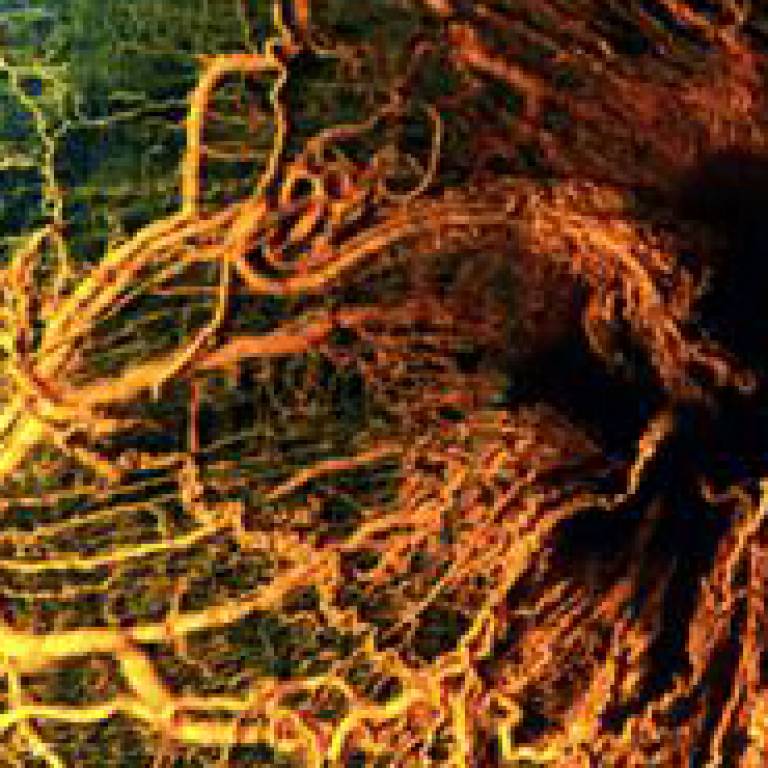Antisocial, invasive cells cause secondary tumours, say UCL scientists
11 December 2008
Link:
 ucl.ac.uk/cdb" target="_self">UCL Cell & Developmental Biology
ucl.ac.uk/cdb" target="_self">UCL Cell & Developmental Biology
UCL scientists have discovered the mechanism by which cells normally repel each other - a process sidestepped by cancer cells, which then go on to invade and conquer healthy regions of the body. The findings, published in 'Nature' (in press), suggest an alternative way in which cancer treatments might work in the future, if therapies can be targeted at the process of 'cell repulsion' to stop cancer cells from spreading and causing secondary tumours.
Cells typically produce localized protrusions which help them navigate their environment. When two cells meet, they normally retract their protrusions and change their direction of movement, effectively 'repelling' one another. This phenomenon, called 'contact inhibition of locomotion', was first discovered 50 years ago by Professor Michael Abercrombie in a UCL laboratory experiment involving fibroblast cells observed under a microscope, and already then it was thought to contribute to the malignant invasion of cancer. It took until now, however, to witness the process in action and pin down the mechanism.
The latest study, funded by the Medical Research Council and BBSRC and led by Dr Roberto Mayor from UCL Cell and Developmental Biology, has captured the phenomenon 'in vivo' - in living tissue - and has identified the mechanism by which it works, suggesting possible new targets for future cancer therapies.
Dr Roberto Mayor, co-author of 'Contact inhibition of locomotion in vivo controls neural crest directional migration', says: "Until now the molecular basis of this process and whether it also occurred within the body was unknown. Our study of neural crest cells shows that these cells behave in exactly this way. When two migrating neural crest cells meet, they stop, collapse their protrusions and change direction. However, when a neural crest cell meets another cell type, it fails to behave as expected and instead invades the other tissue, in the same manner as metastatic cancer cells which migrate and go on to cause secondary tumours.
"Inhibition of a type of cell signalling - called 'non-canonical Wnt signalling' - is behind this behaviour, cancelling the normal repulsion you would expect between cells. Our discovery offers possible new targets for the future treatment of tumour metastasis - the spreading of cancer cells, one of the mostly deadly aspects of cancer."
 Close
Close

